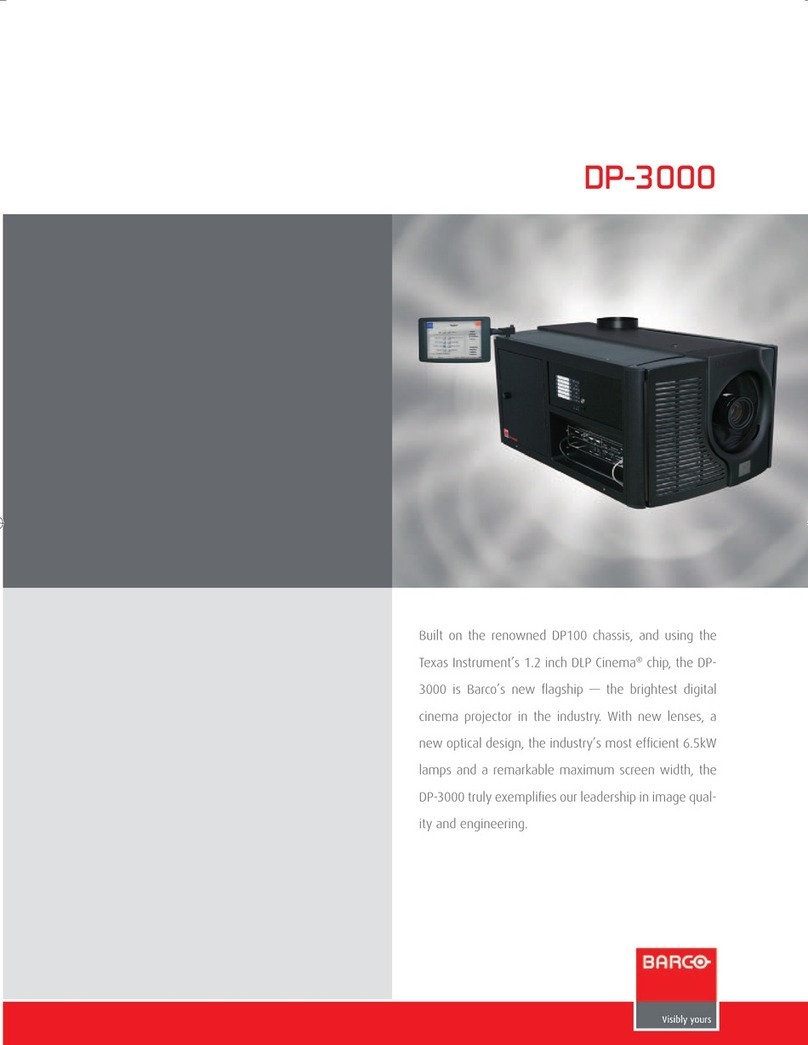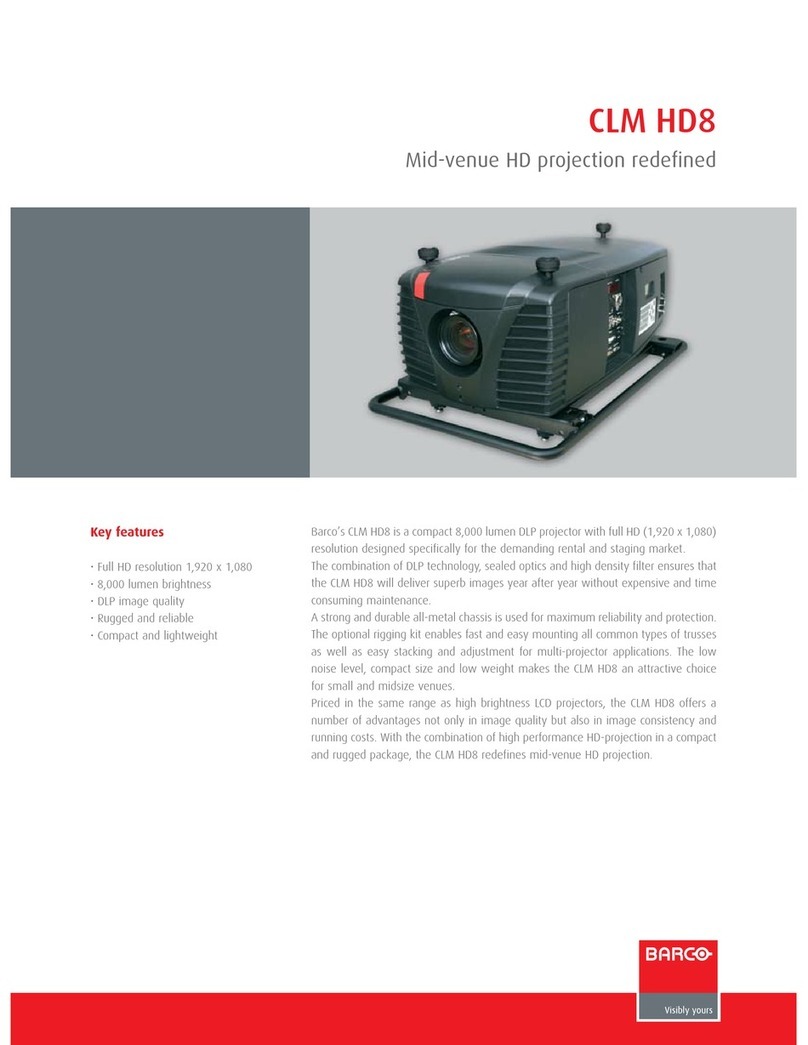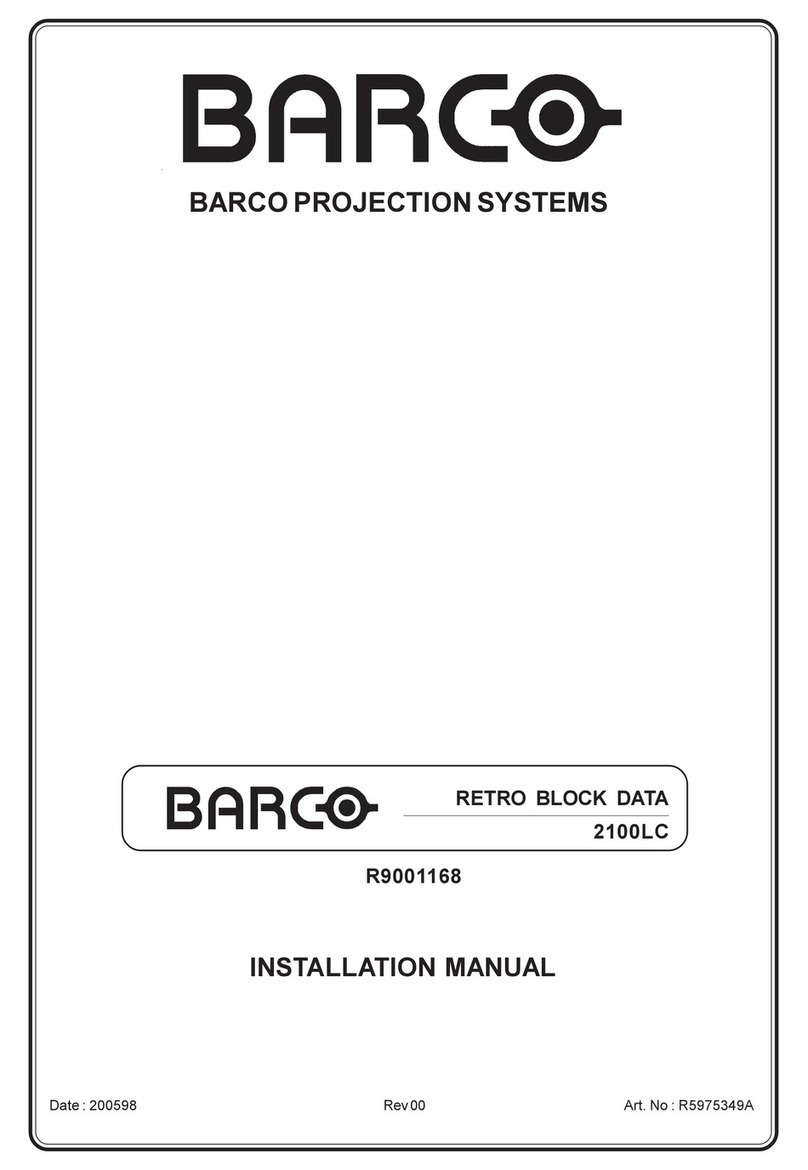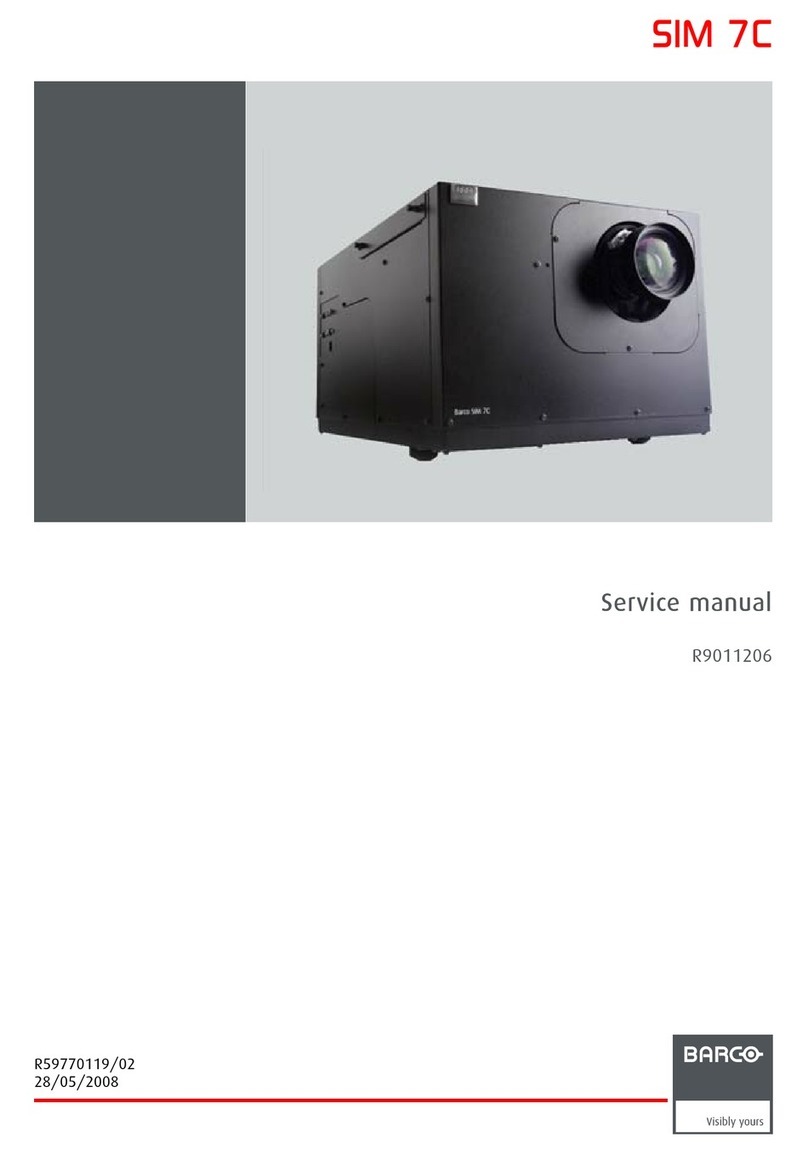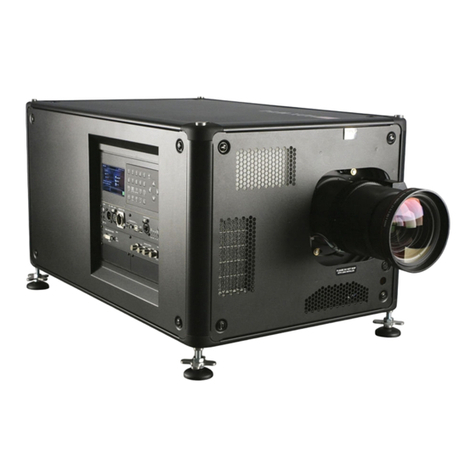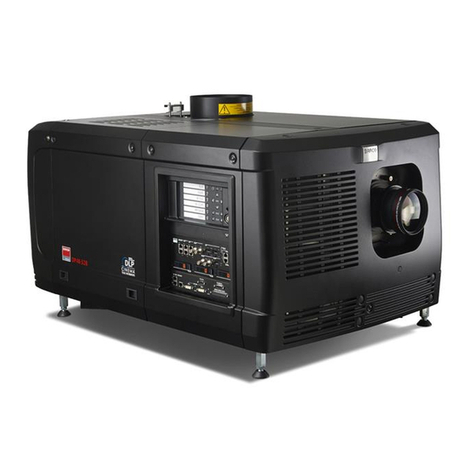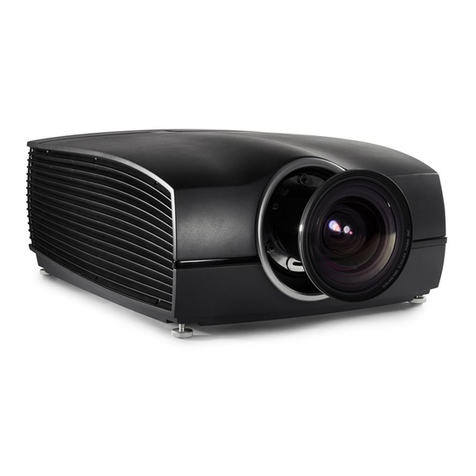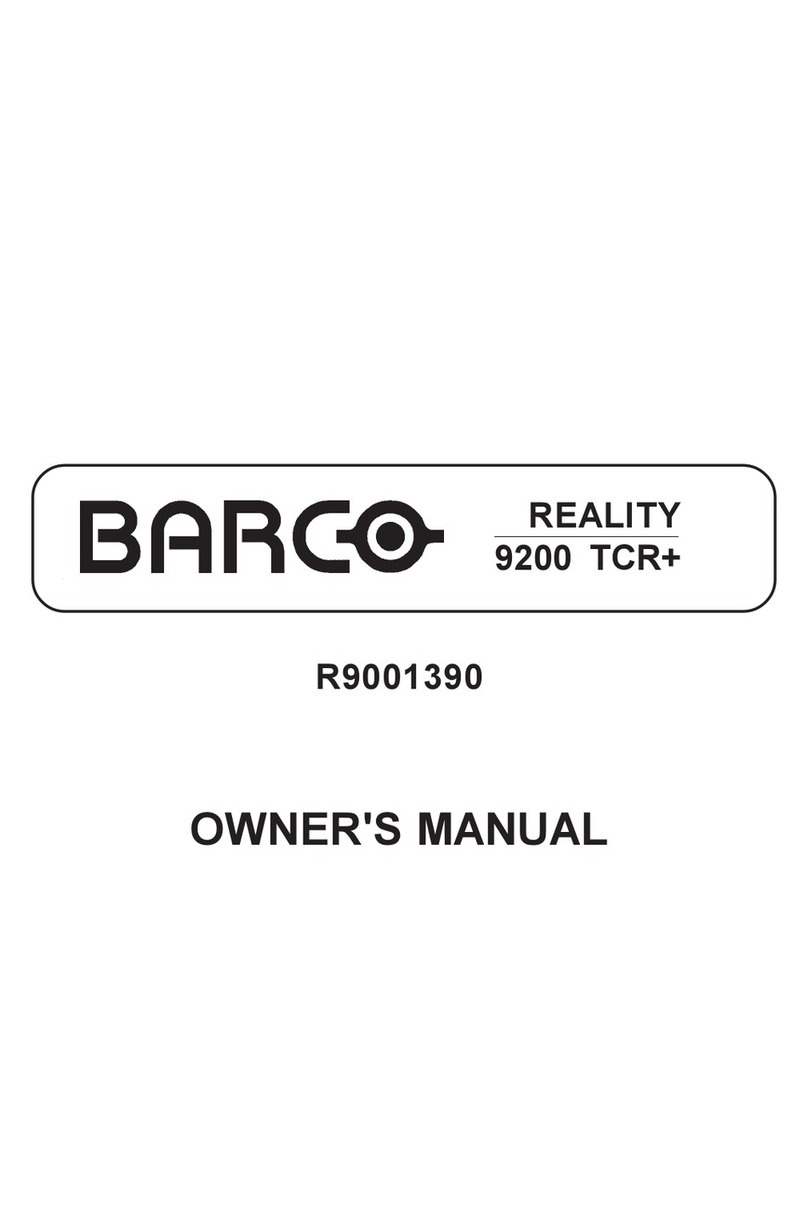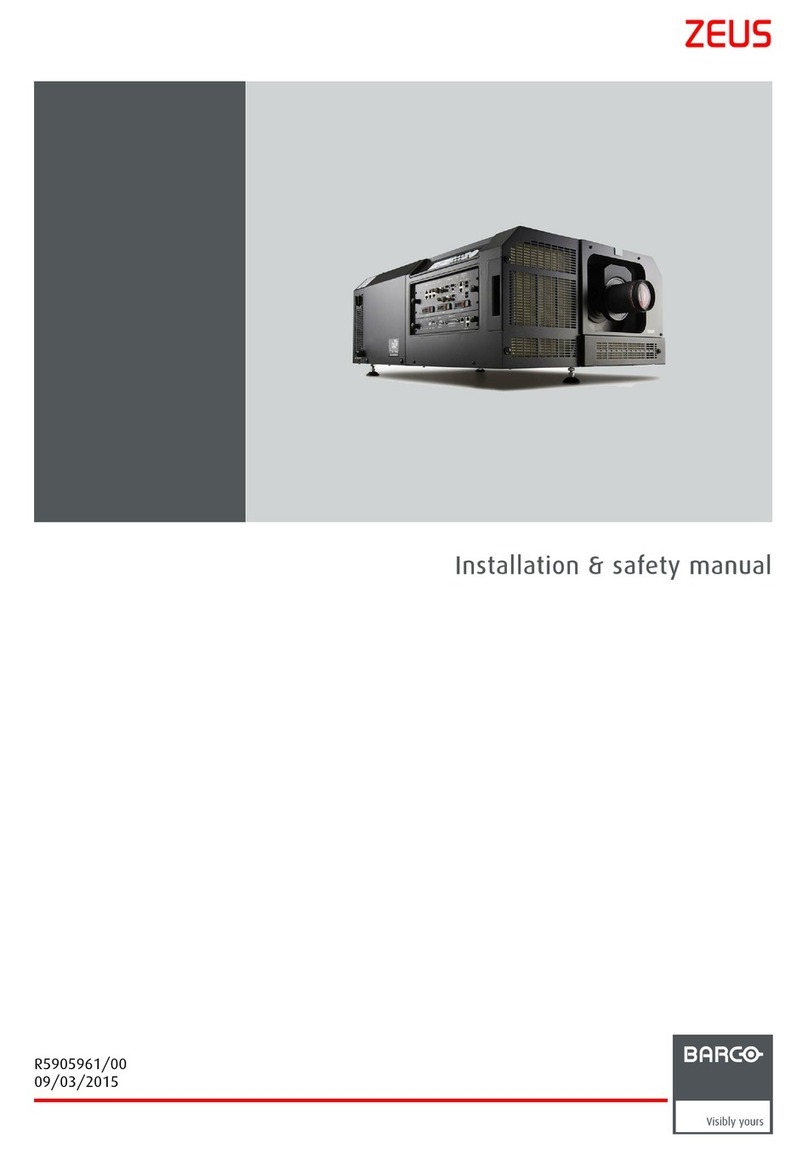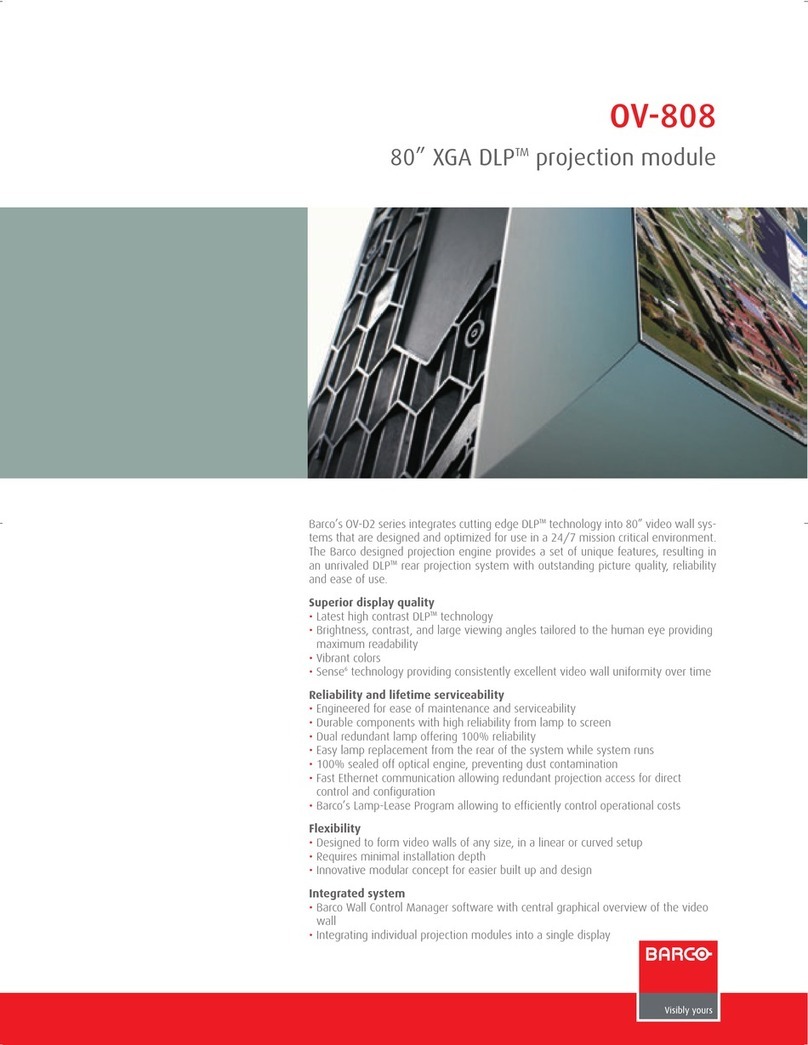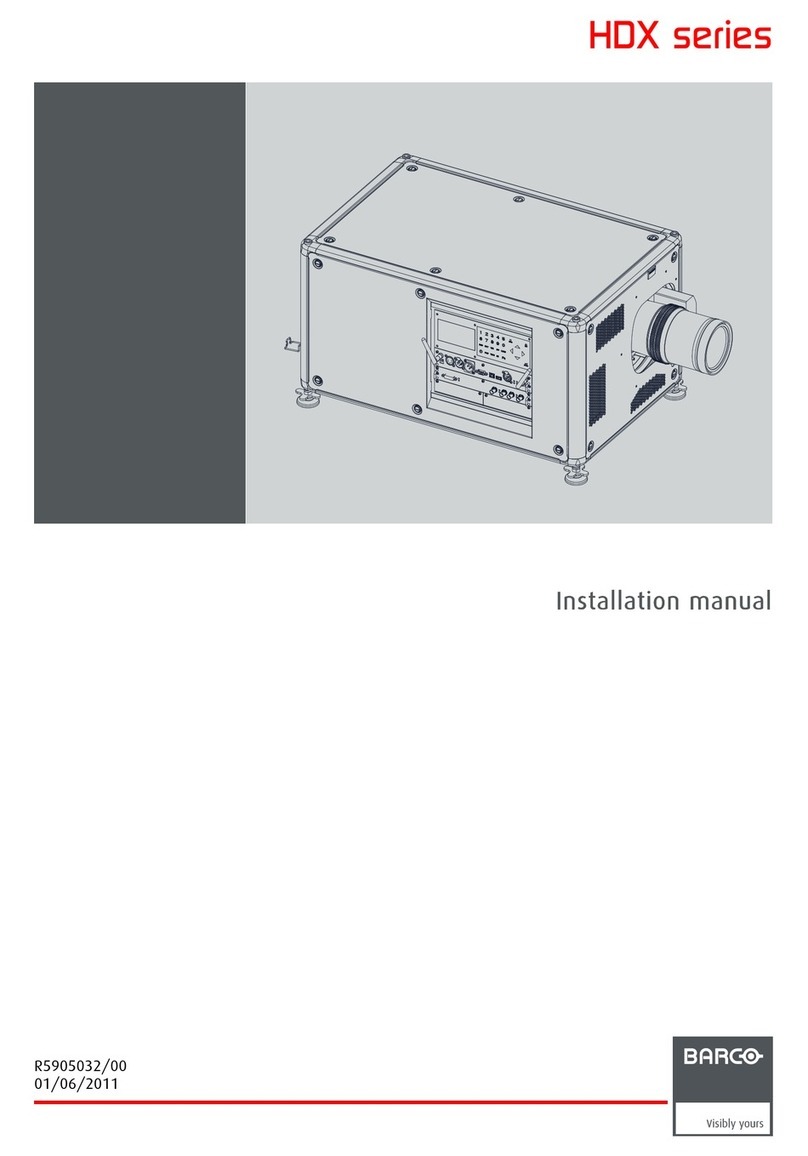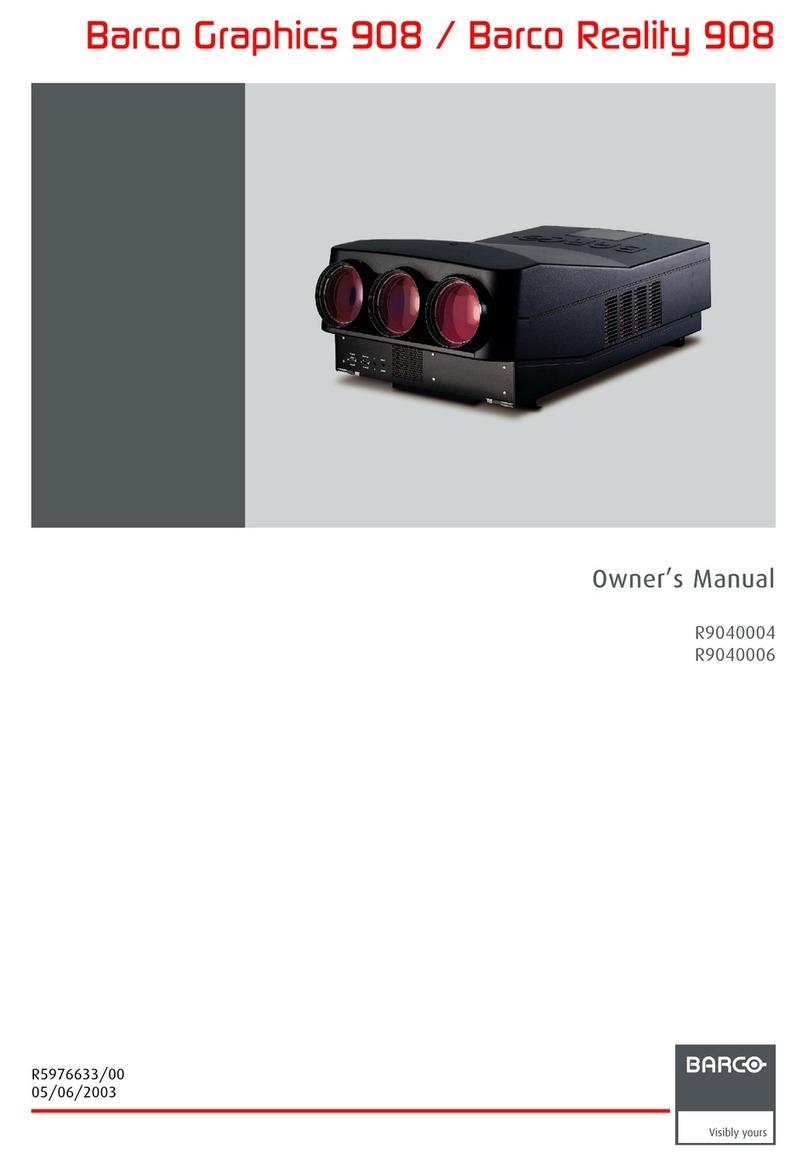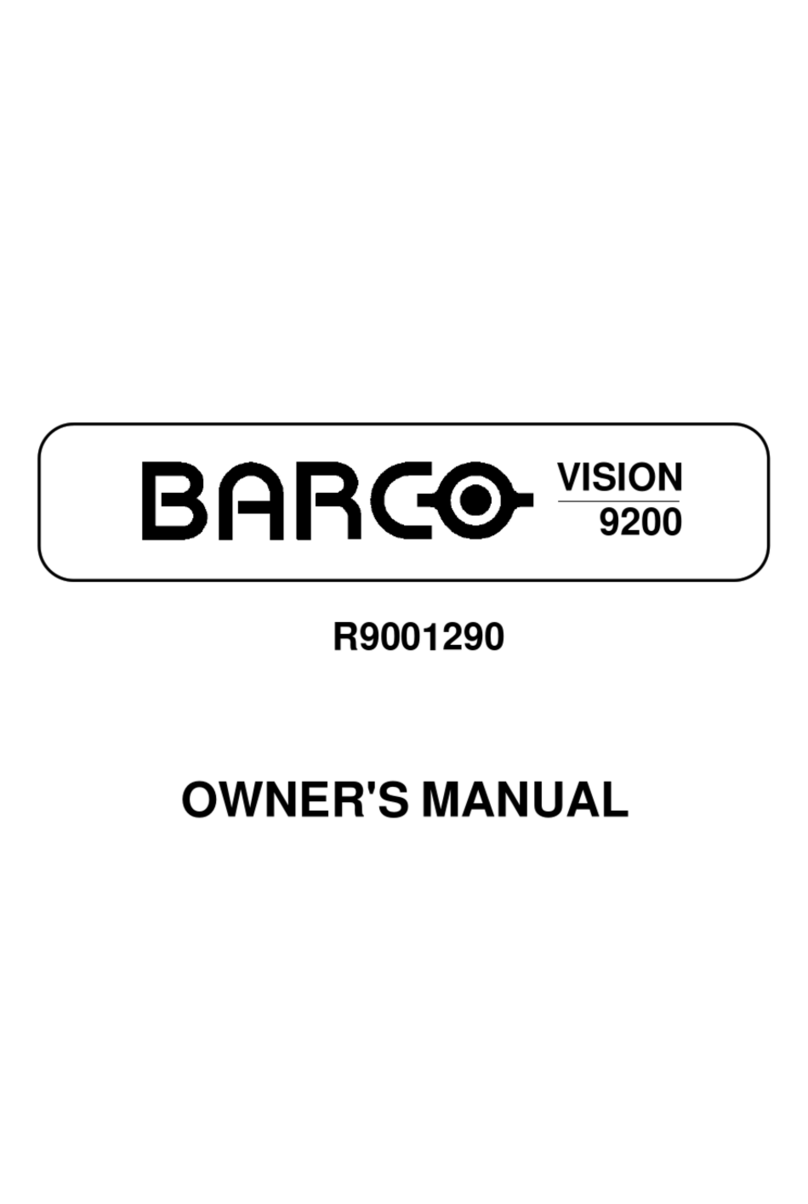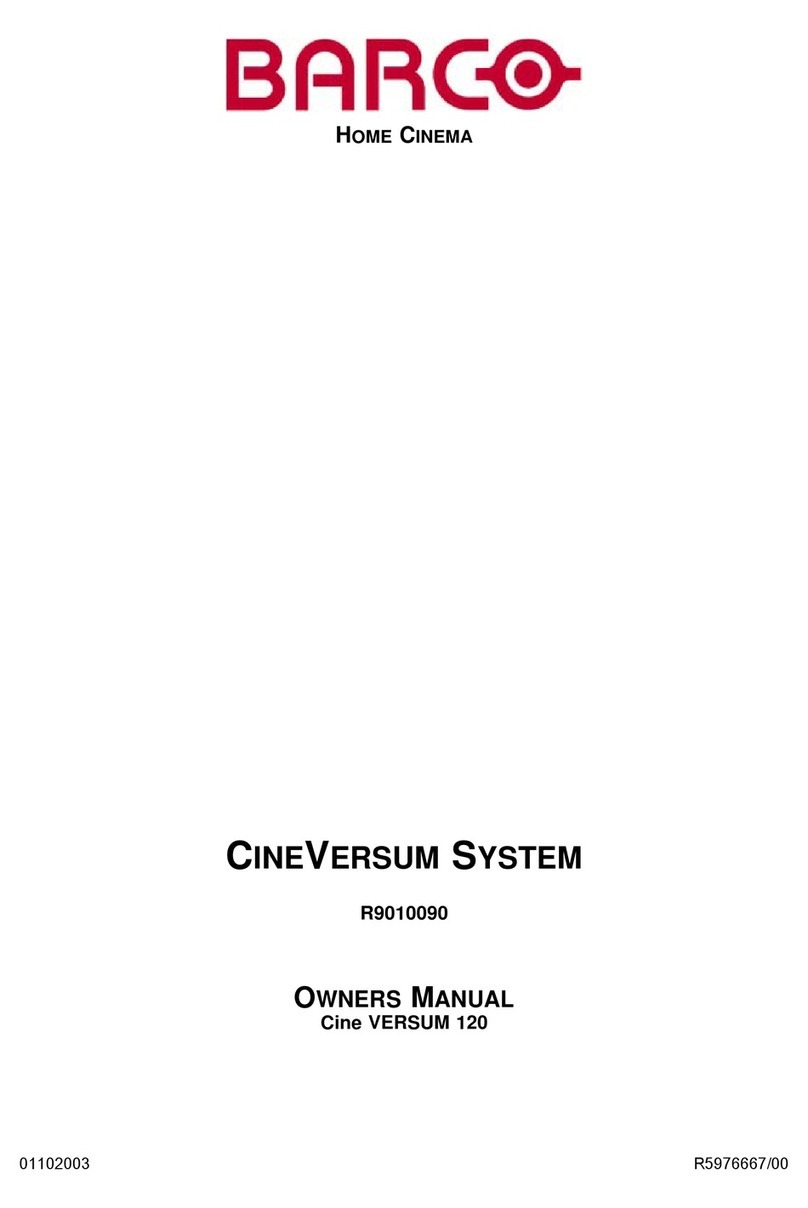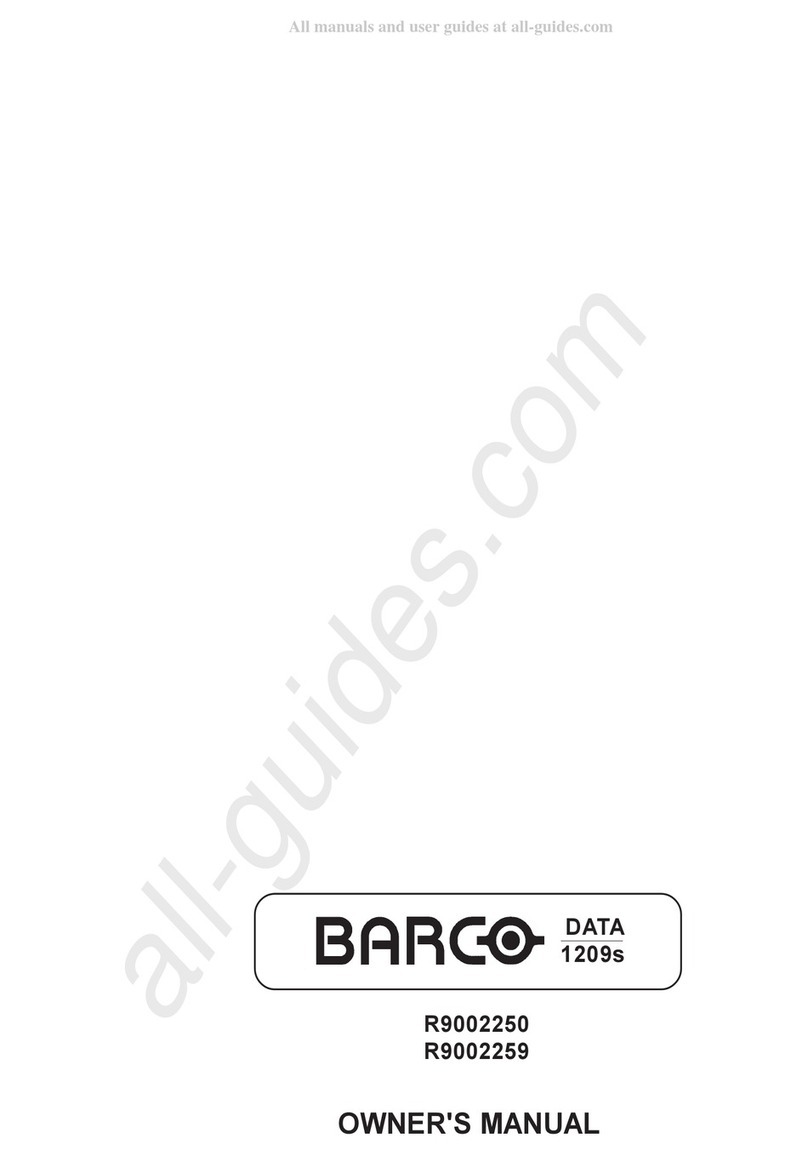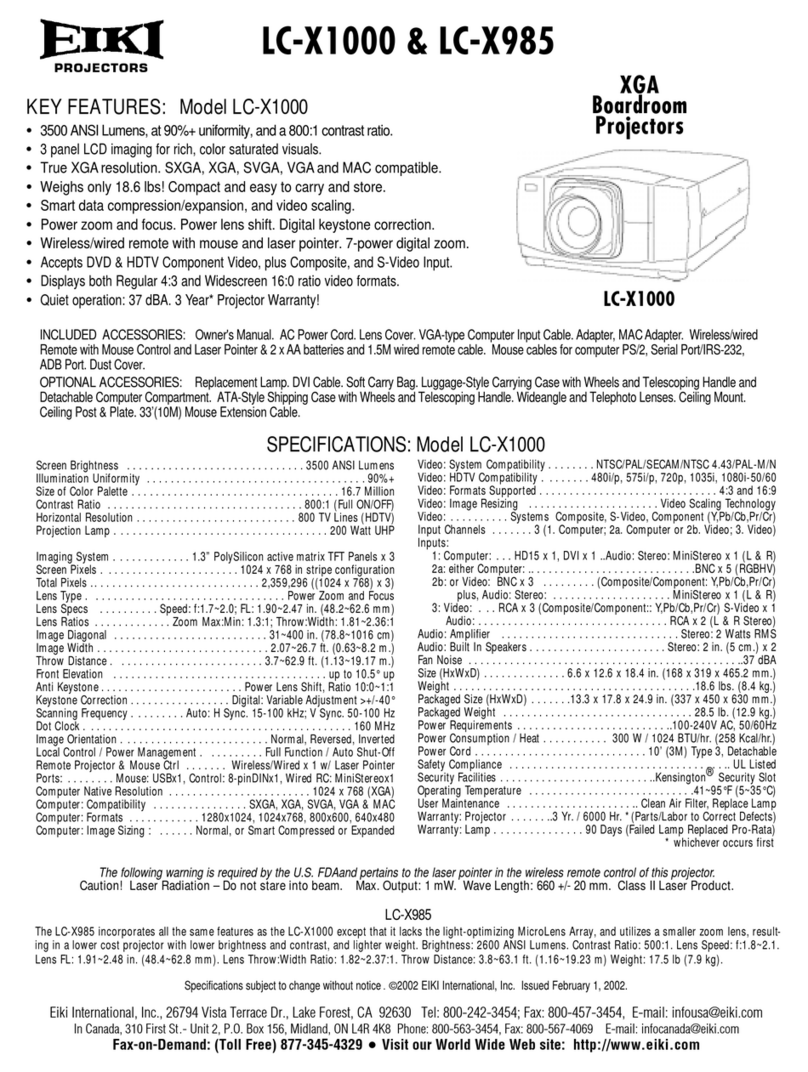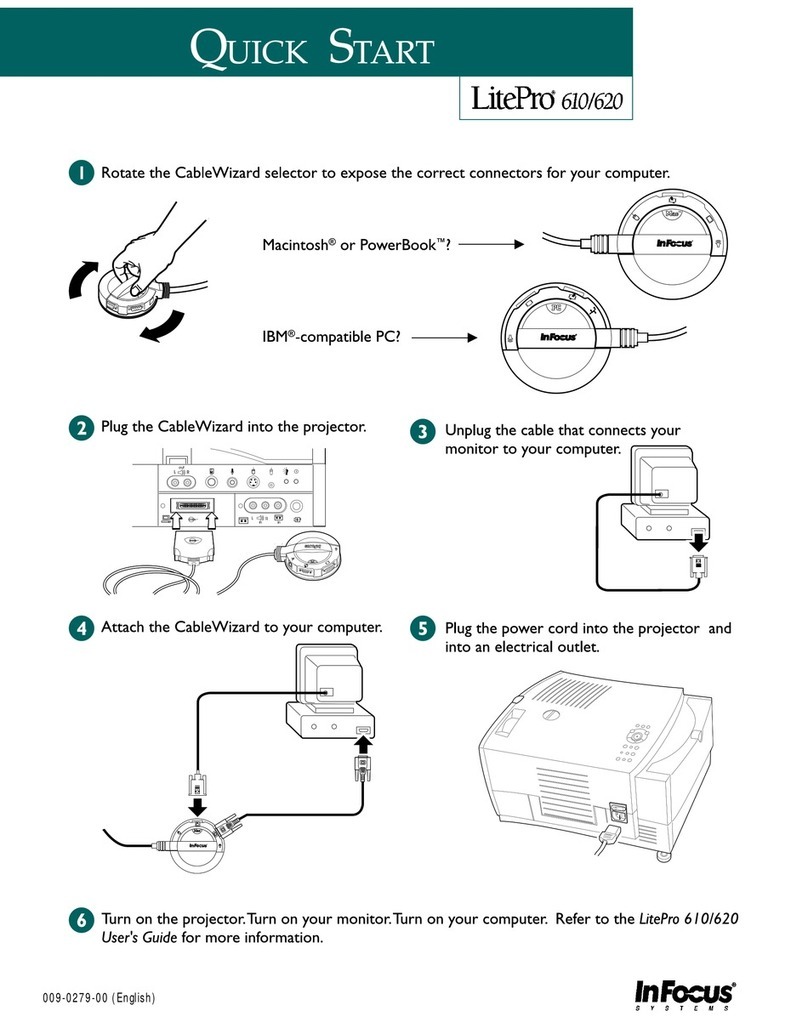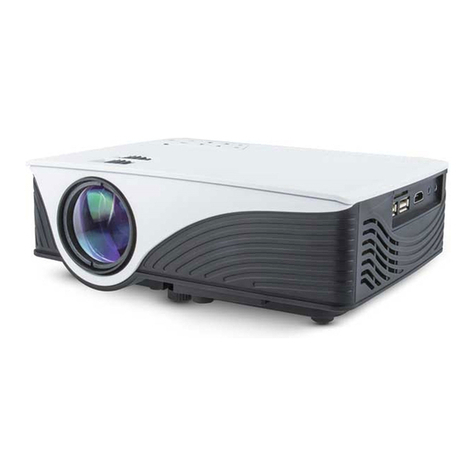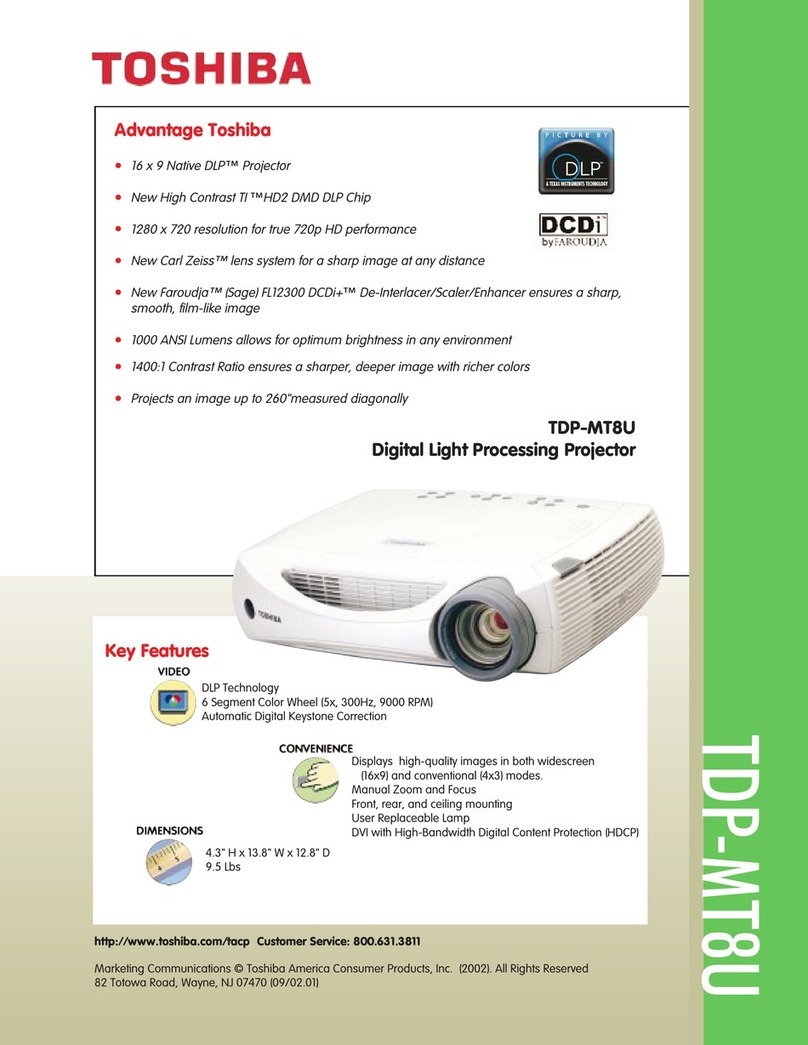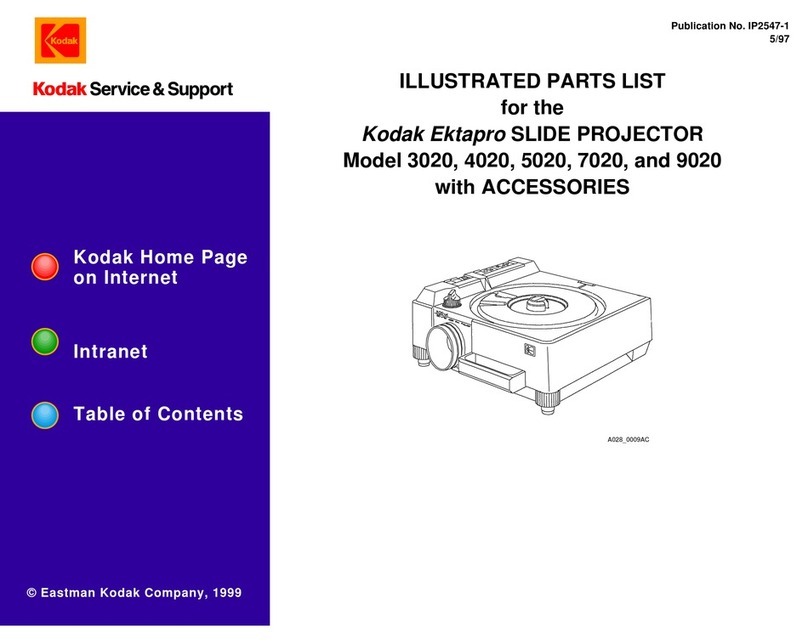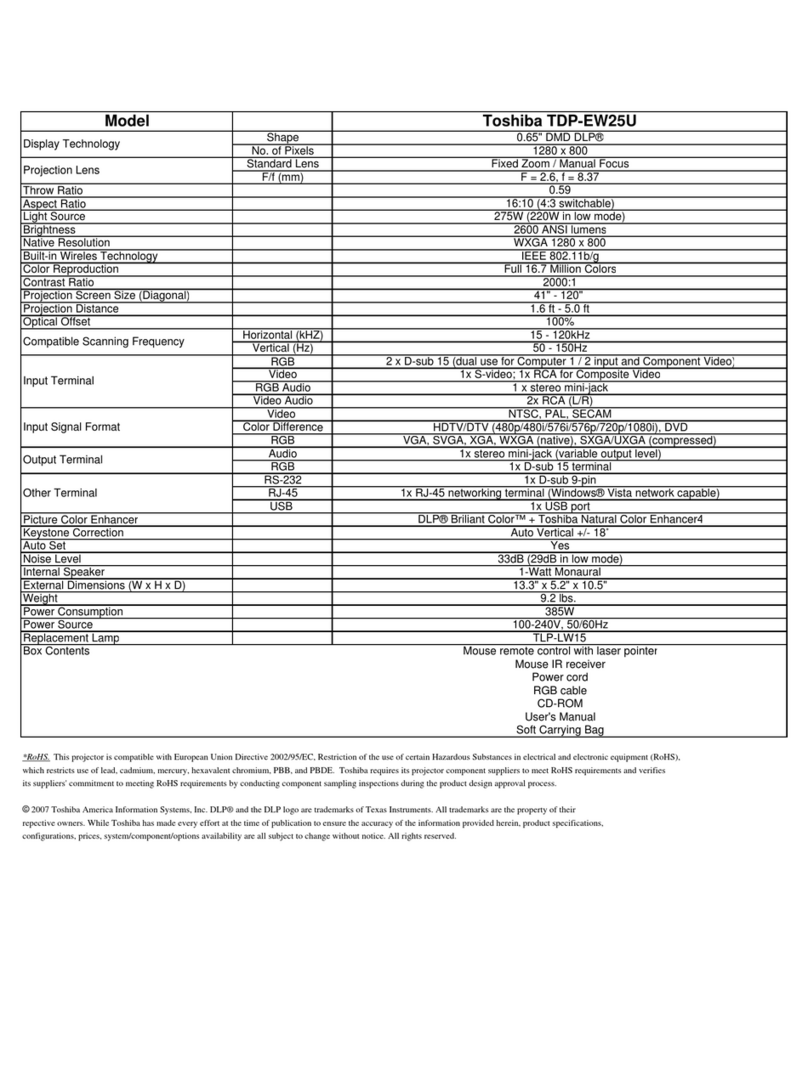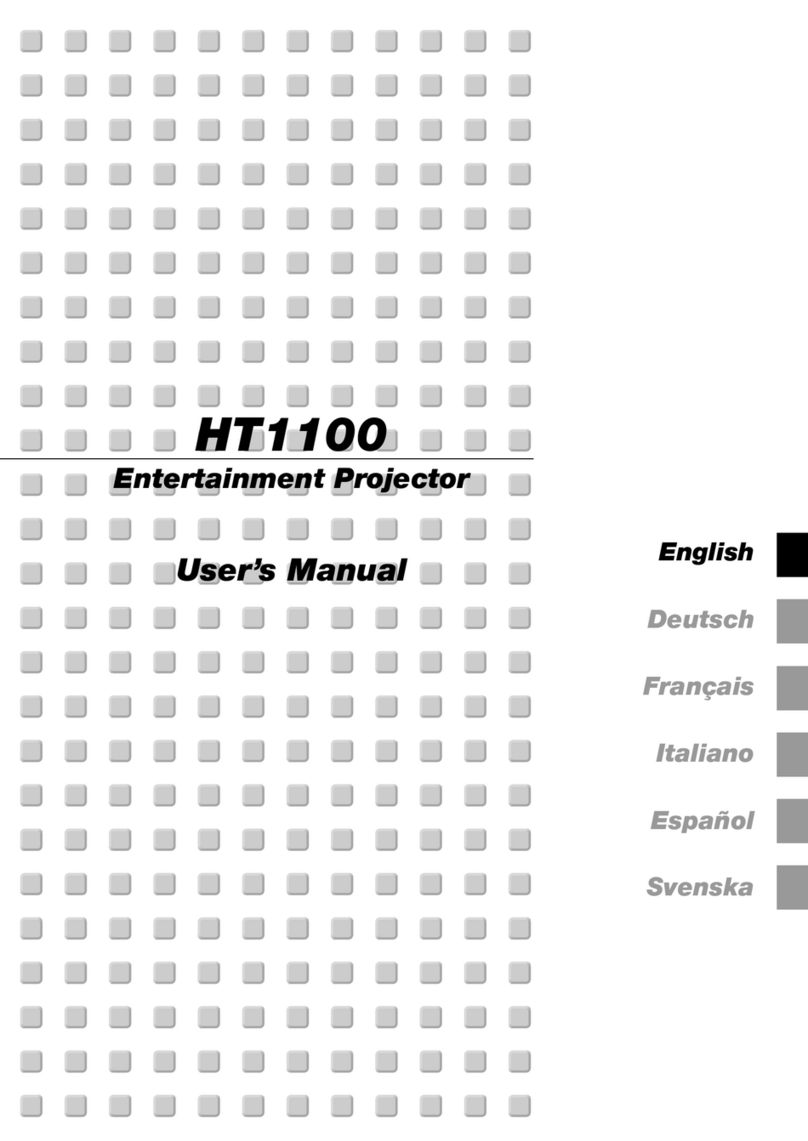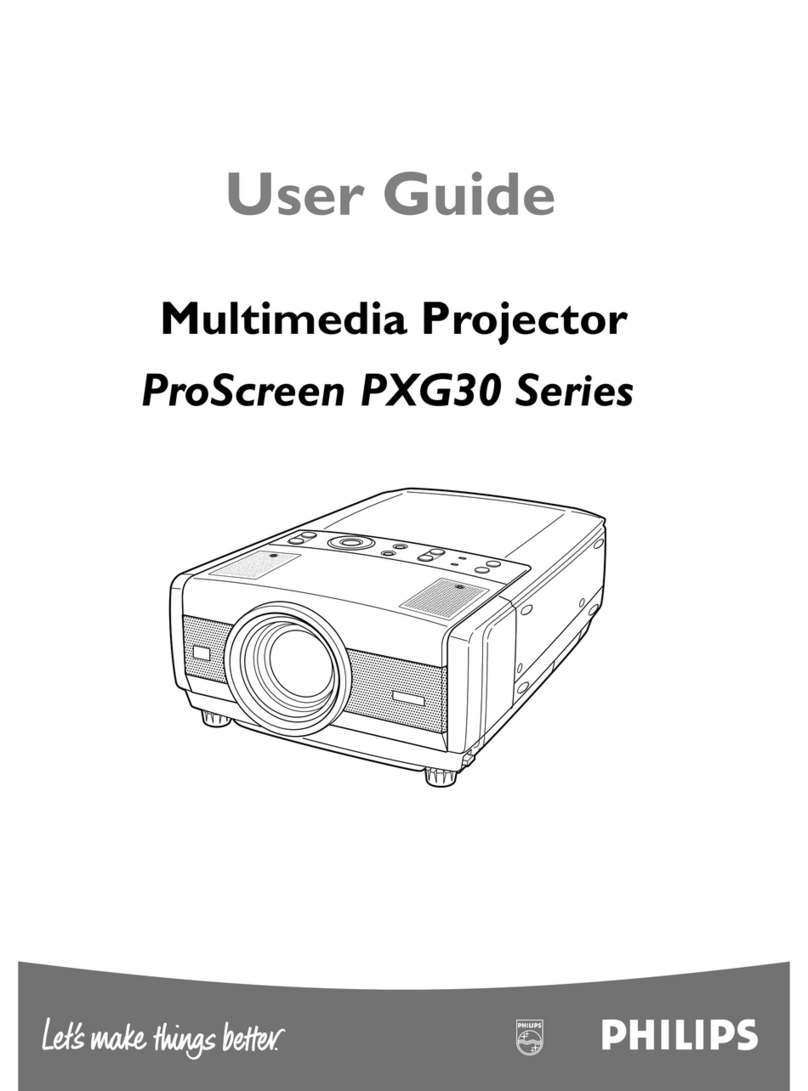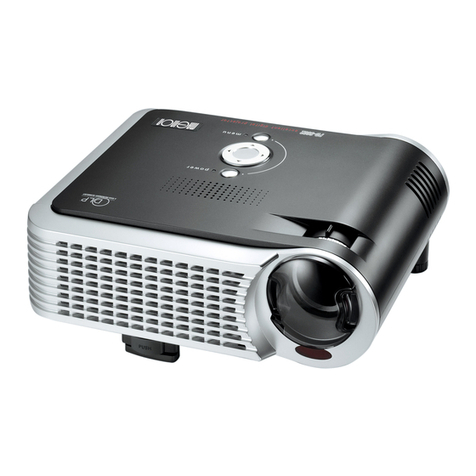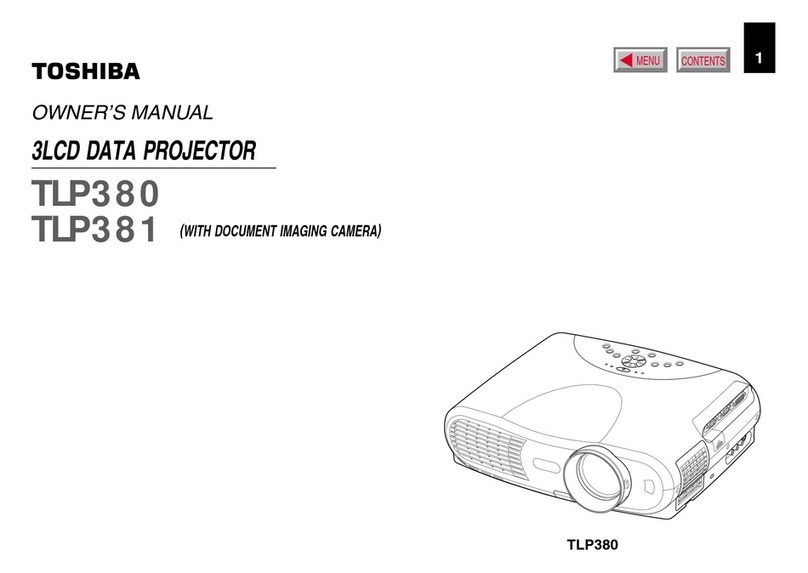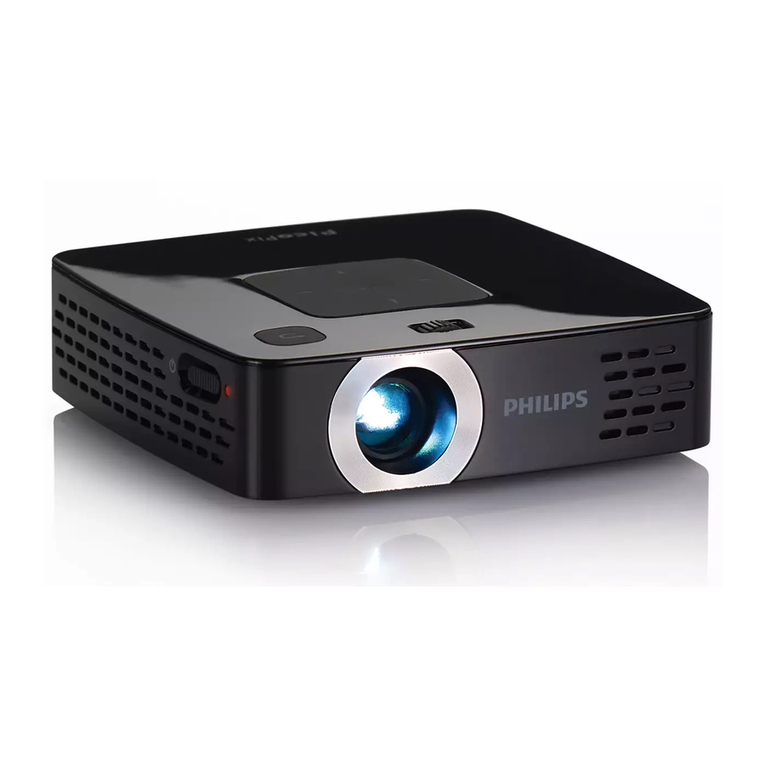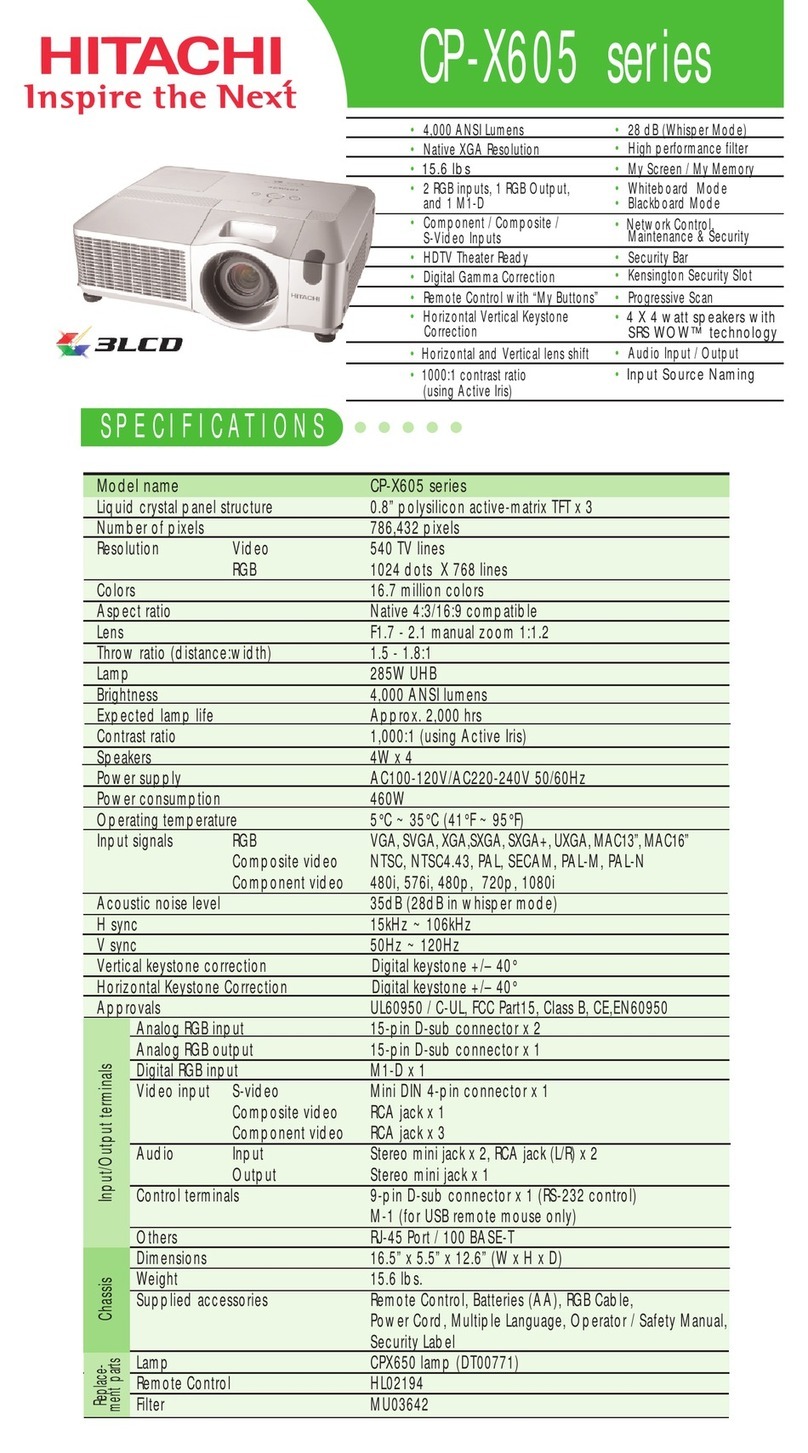
Table of contents
TABLE OF CONTENTS
1. Safety................................................................................................................. 3
1.1 General considerations............................................................................................................... 4
1.2 Important safety instructions ......................................................................................................... 6
1.3 Product safety labels ................................................................................................................. 9
1.4 High Brightness precautions: Hazard Distance (HD) ..............................................................................10
1.5 HD for fully enclosed projection systems ...........................................................................................12
1.6 HD in function of modifying optics ..................................................................................................13
2. Getting started.....................................................................................................15
2.1 Installation requirements . . . .........................................................................................................16
2.2 Unpacking the projector .............................................................................................................18
2.3 Initial inspection......................................................................................................................20
2.4 Communicator PC version . .........................................................................................................21
2.5 Commander & Web Commander ...................................................................................................22
3. Installation process...............................................................................................23
3.1 Installation process overview........................................................................................................24
3.2 Software upgrade. . . .................................................................................................................25
3.3 Starting up and adjusting the system ...............................................................................................26
4. Physical installation ..............................................................................................27
4.1 Positioning the DP2K SLP-series projector at port window........................................................................28
4.2 Connecting the projector with the power net .......................................................................................31
5. Lenses & Lens selection.........................................................................................33
5.1 Available lenses .....................................................................................................................34
5.2 Lens selection .......................................................................................................................35
5.3 Lens installation .....................................................................................................................36
5.4 Lens removal ........................................................................................................................37
5.5 Lens shift, zoom & focus . . . .........................................................................................................38
6. Input & Communication..........................................................................................41
6.1 Introduction ..........................................................................................................................42
6.2 Local Keypad ........................................................................................................................43
6.3 Projector Status......................................................................................................................45
6.4 Integrated Cinema Processor (ICP) ................................................................................................46
6.5 HD-SDI Input Module (optional). . . ..................................................................................................47
6.6 Integrated Media Block/Server (optional) .. . ........................................................................................50
6.7 Cinema Controller ...................................................................................................................51
7. ICMP .................................................................................................................53
7.1 ICMP introduction. . . .................................................................................................................54
7.2 ICMP HDD...........................................................................................................................56
7.3 ICMP communication ports .........................................................................................................57
7.4 ICMP source input ports.............................................................................................................59
7.5 ICMP DisplayPort specifications ....................................................................................................60
7.6 ICMP SDI specifications.............................................................................................................62
7.7 ICMP HDMI 2.0 specifications ......................................................................................................66
7.8 ICMP HDMI 1.4 specifications ......................................................................................................69
7.9 ICMP status LEDs...................................................................................................................71
7.10 ICMP HDD status LEDs.............................................................................................................72
7.11 ICMP device certificate..............................................................................................................74
7.12 ICMP configuration via Communicator .............................................................................................76
7.13 ICMP reset...........................................................................................................................77
7.14 Obtaining the Barco ICMP certificate ...............................................................................................78
7.15 Removing a HDD from the ICMP ...................................................................................................79
7.16 Installing a HDD into the ICMP......................................................................................................80
8. Communicator Touch Panel.....................................................................................83
8.1 Communicator Touch Panel.........................................................................................................84
8.2 Installing the Touch Panel interface.................................................................................................86
8.3 Repositioning the Touch Panel interface . . . ........................................................................................88
9. Starting up..........................................................................................................89
9.1 Switching the DP2K SLP-series ON................................................................................................90
9.2 Switching the DP2K SLP-series OFF...............................................................................................91
10. Scheimpflug........................................................................................................93
10.1 Scheimpflug introduction . . . .........................................................................................................94
10.2 Scheimpflug adjustment.............................................................................................................96
10.3 Fixation of the Lens Holder front plate ..............................................................................................98
10.4 Back Focal Length adjustment .....................................................................................................100
R5906847 DP2K SLP SERIES 02/06/2017 1
